A Step Towards Peace? Trump Speaks on Russia-Ukraine War
The ongoing Russia-Ukraine war, which has persisted since 2022, continues to dominate global headlines, leaving thousands of casualties, mass displacement, and economic turmoil in its wake. However, a glimmer of hope emerged as U.S. President Donald Trump assured that efforts to de-escalate the war are progressing and under control.
In an exclusive interview with Clay Travis, founder of Outkick Air Force One, Trump expressed confidence in diplomatic discussions, emphasizing that strong relationships with both Russian President Vladimir Putin and Ukrainian President Volodymyr Zelenskyy would be key in resolving the crisis.
Trump’s Diplomatic Efforts: What’s on the Table?
Trump, known for his unconventional but deal-making approach to foreign policy, revealed that he recently held separate discussions with Putin and Zelenskyy, aiming to negotiate a ceasefire and prevent further escalation. While his initial goal was to secure a full 30-day ceasefire, the discussions resulted in a significant breakthrough:
✅ Putin agreed to halt Russian attacks on Ukraine’s energy infrastructure for 30 days.
✅ Zelenskyy indicated his willingness to observe a similar pause.
Although this does not constitute a formal ceasefire agreement, it is seen as a temporary step toward broader peace negotiations. Given Russia’s ongoing airstrikes on critical energy facilities and Ukraine’s retaliatory strikes, this pause—if upheld—could offer millions of civilians some relief and an opportunity for diplomatic engagements to continue.
🇺🇸 Trump’s Strategy: Diplomacy Over Warfare
Trump has repeatedly expressed his belief that wars should be resolved through negotiations rather than prolonged military conflict. His approach focuses on direct dialogue with world leaders, fostering relationships, and using diplomacy as a primary tool for conflict resolution.
💬 “Having a good relationship with these leaders is key. It’s the only way we can bring about a real resolution,” Trump stated during the interview.
Unlike his predecessors, Trump has chosen not to lean heavily on military support or aggressive sanctions. Instead, he believes that a personal rapport with both Putin and Zelenskyy can help broker peace and stabilize the region. However, critics argue that his methods lack a long-term enforcement mechanism and may only provide short-term relief rather than a lasting solution.
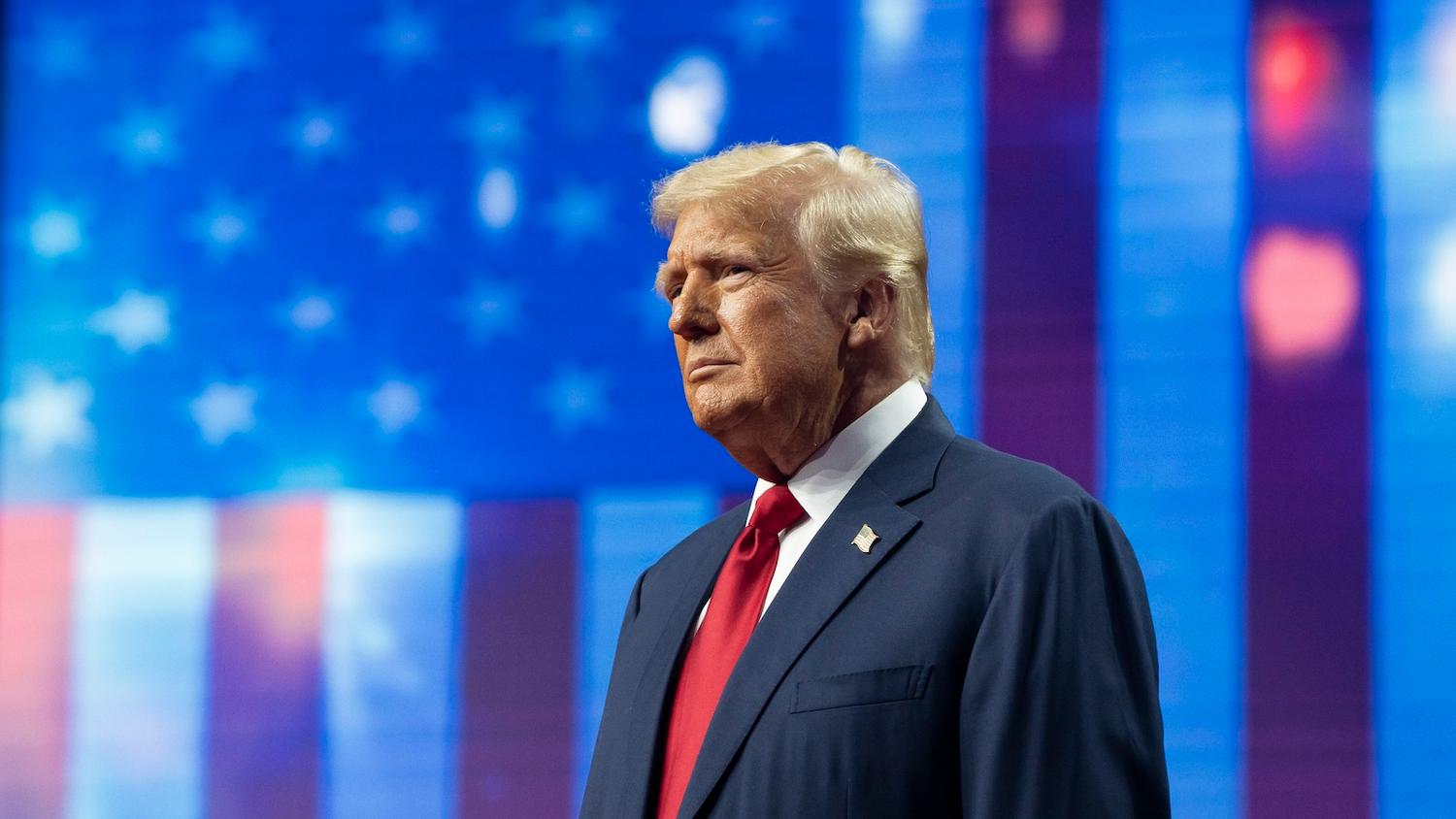
Challenges and Unanswered Questions
While the temporary pause in attacks on Ukraine’s energy infrastructure is a positive step, it raises several critical questions:
❓ Is this truly a step toward long-term peace or just a tactical pause?
❓ Will Russia fully honor this commitment, or is it a strategic move to regroup militarily?
❓ How will Ukraine and its allies respond in the coming weeks?
❓ Will the U.S. and NATO take further action to push for a full ceasefire?
Many geopolitical analysts caution that Putin’s history of ceasefire agreements has often been followed by renewed offensives, making it crucial for the U.S. and its allies to ensure that this pause is not just a momentary reprieve but a stepping stone toward a more concrete peace deal.
Global Reactions: Hope or Skepticism?
Reactions to Trump’s Russia-Ukraine diplomacy have been mixed:
🔹 Supporters argue that Trump’s personal diplomacy approach could finally break the stalemate and bring an end to a war that has devastated millions.
🔹 Critics believe that Putin may be using this pause strategically, either to reposition forces or secure diplomatic leverage.
🔹 Ukrainian officials remain cautiously optimistic, while European leaders stress the need for continued pressure on Russia.
Meanwhile, China and other global powers are closely monitoring the situation, as the outcome of this war will significantly impact global geopolitics, energy security, and international alliances.
What Comes Next?
As the 30-day pause unfolds, the world will be watching closely. Trump’s efforts to maintain stability and prevent further bloodshed will be put to the test in the coming weeks. The next steps could include:
✅ Further diplomatic negotiations to extend the pause beyond 30 days.
✅ A potential meeting between Putin, Zelenskyy, and international leaders to broker a lasting ceasefire.
✅ Increased involvement from NATO and the United Nations in peace talks.
While Trump remains confident that his direct engagement strategy is the best approach, history has shown that the Russia-Ukraine conflict is deeply complex and unlikely to be resolved overnight. The coming weeks will determine whether this pause is the beginning of a new peace effort or just another temporary break in the violence.
Read also: “US-Ukraine Minerals Deal Imminent: Trump Announces Agreement Amid Peace Talks with Russia”
Have Your Say
Do you think Trump’s diplomatic approach will bring an end to the Russia-Ukraine war? Or is a stronger international response needed?
💬 Drop your thoughts in the comments below!
📢 Stay updated with the latest on global conflicts, diplomacy, and international affairs.


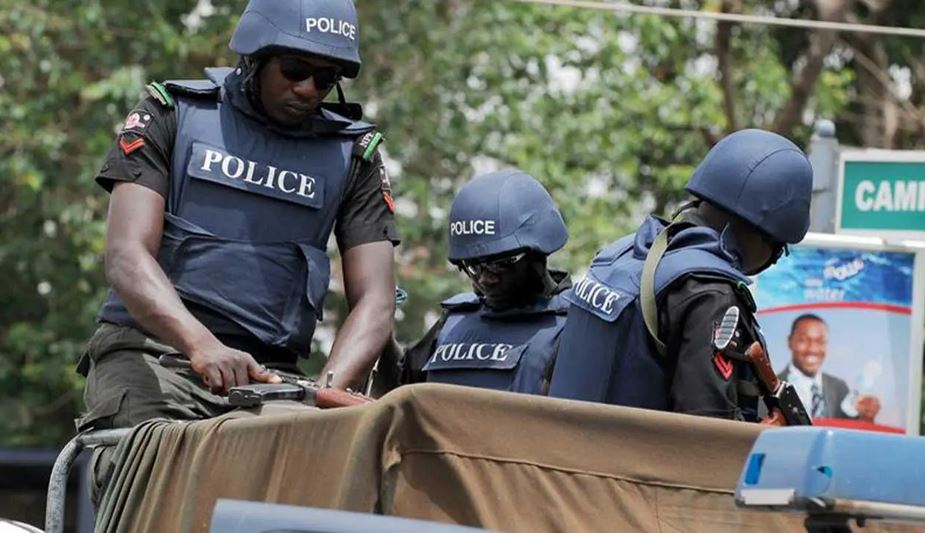
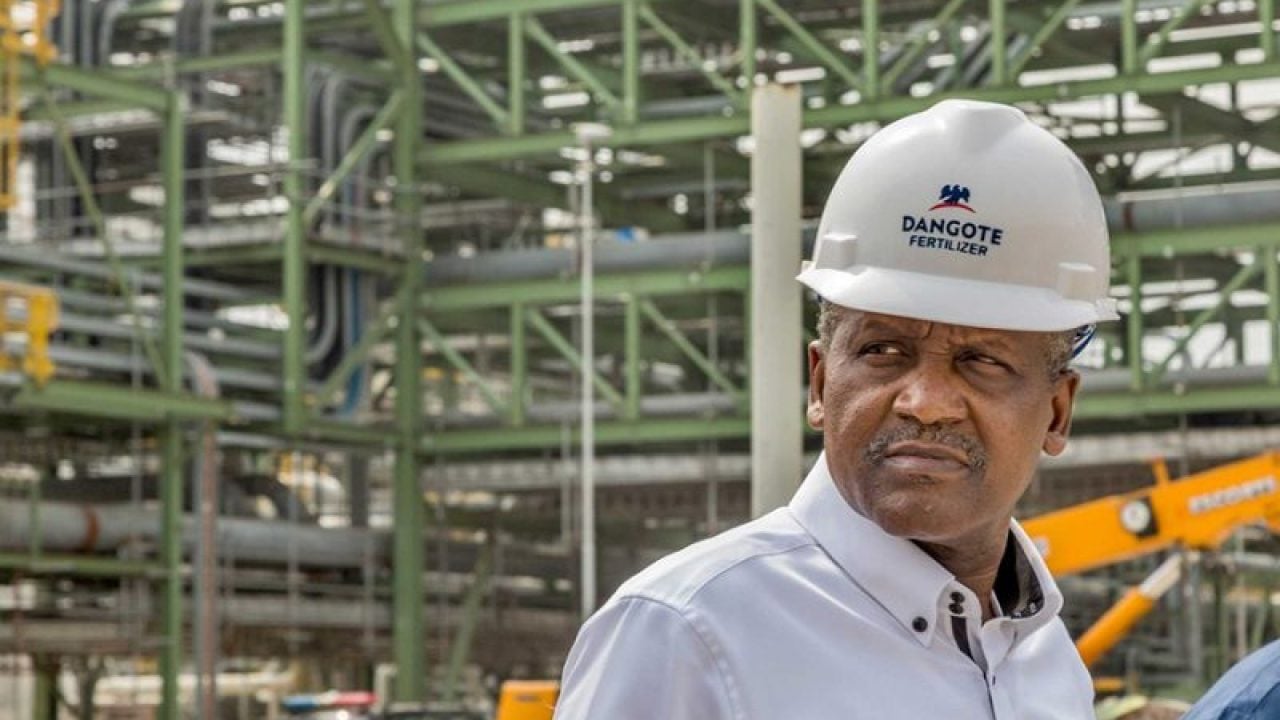
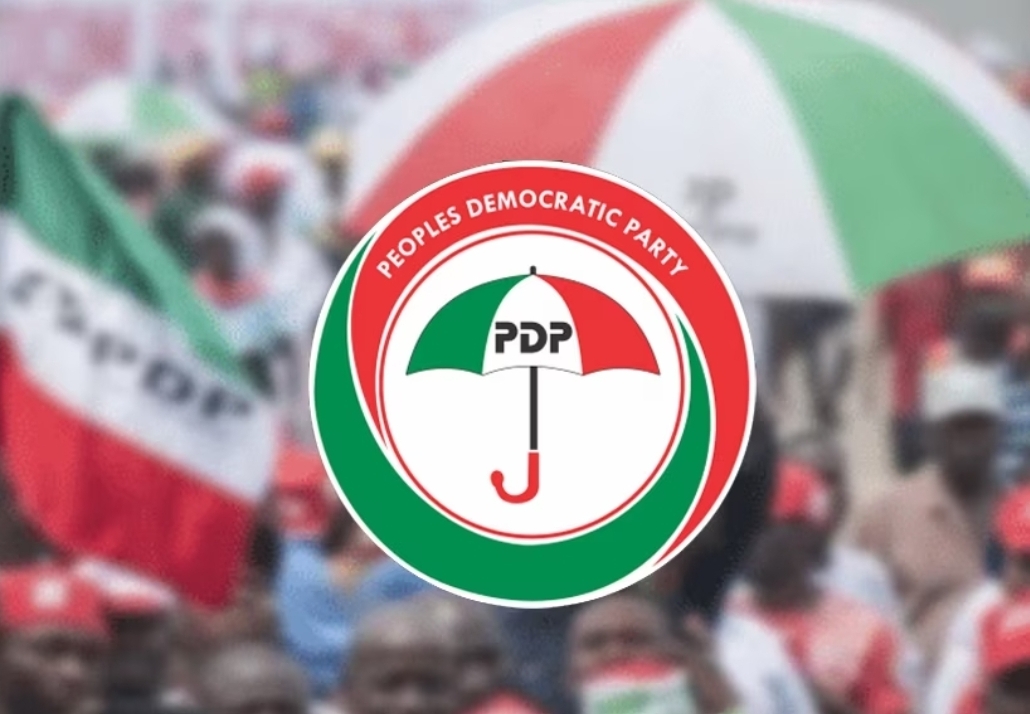
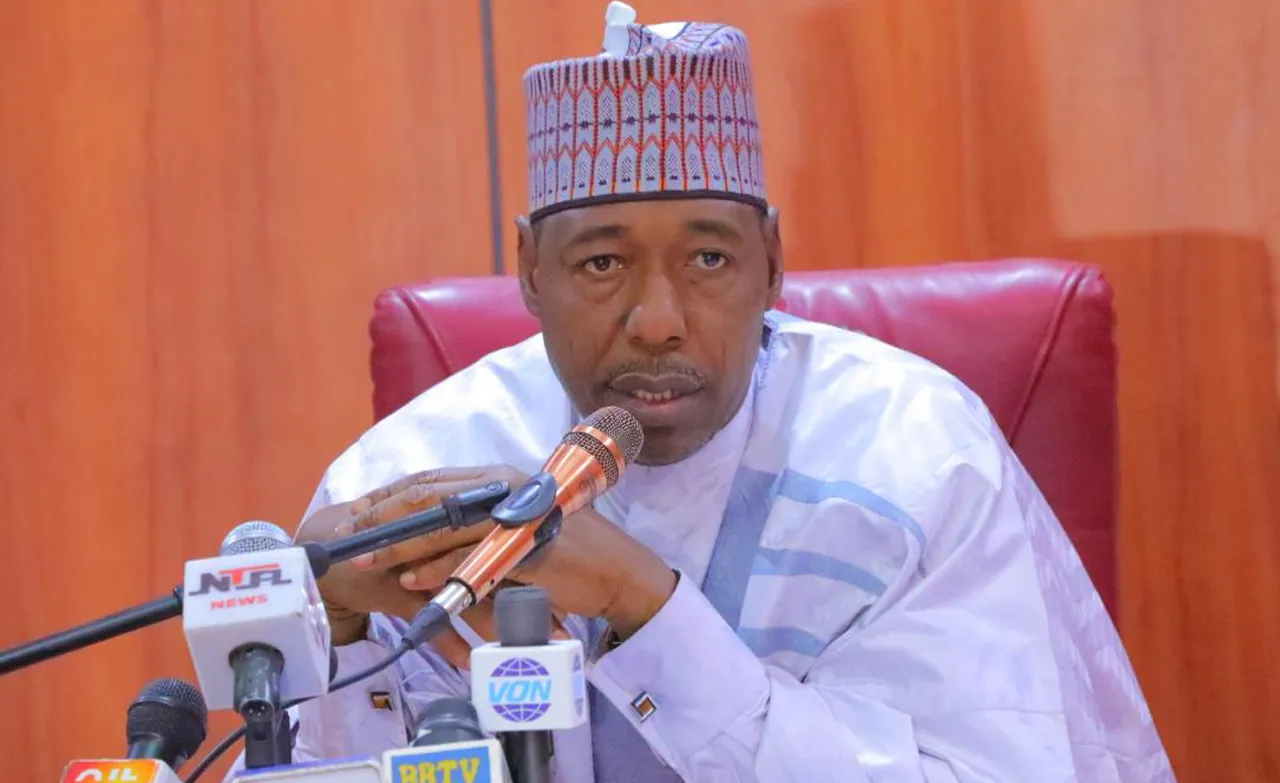
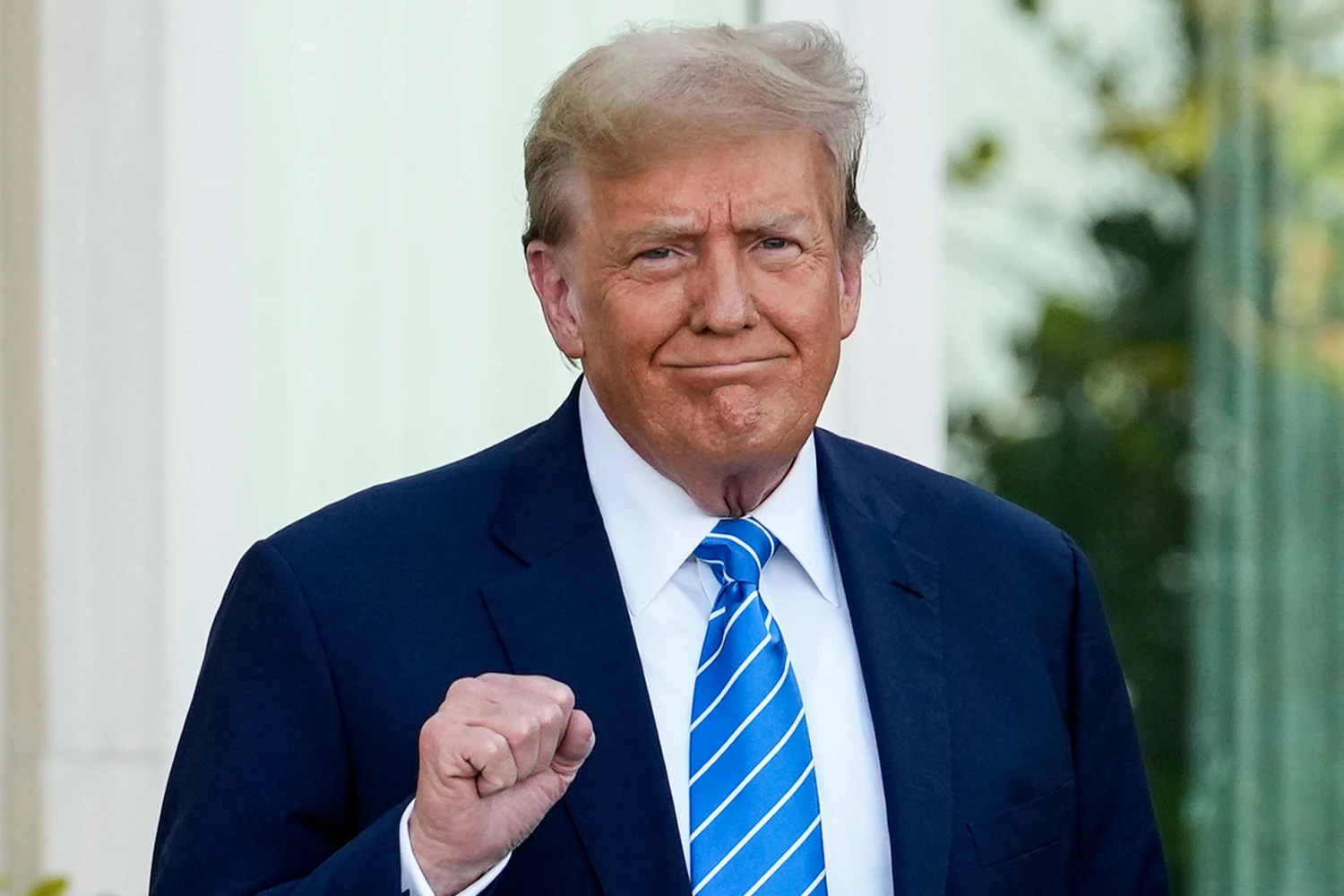
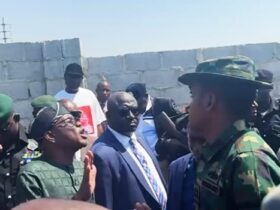



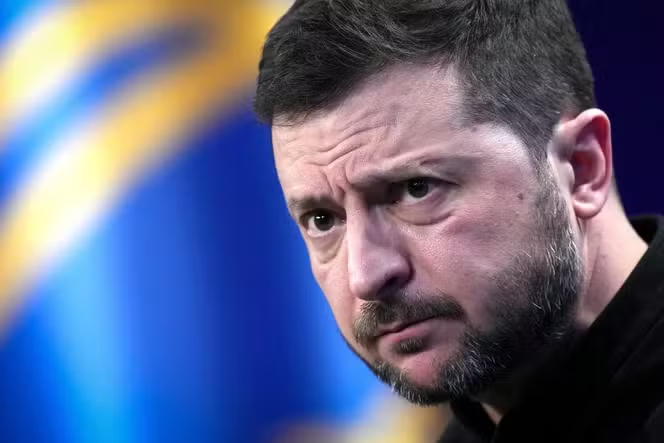

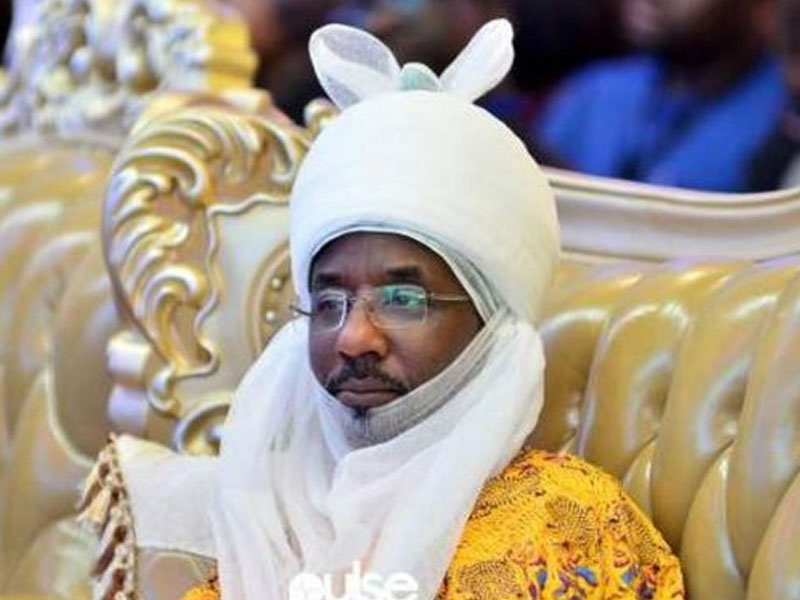
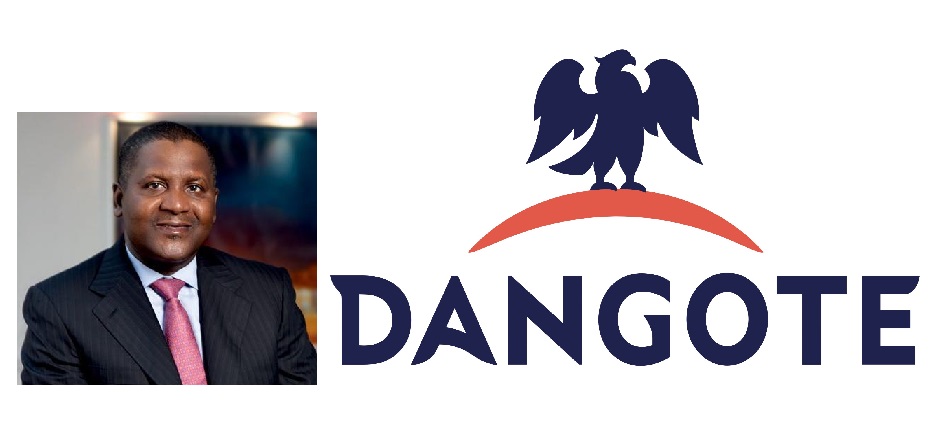

Got a Questions?
Find us on Socials or Contact us and we’ll get back to you as soon as possible.